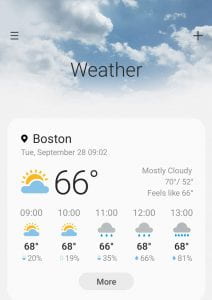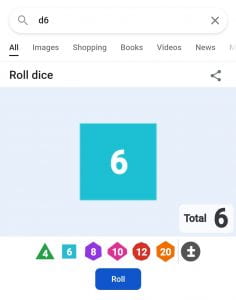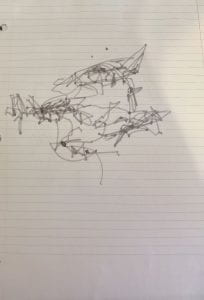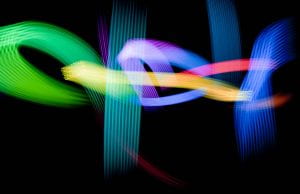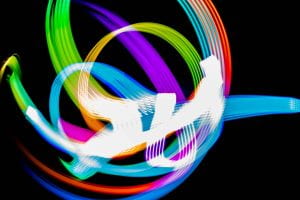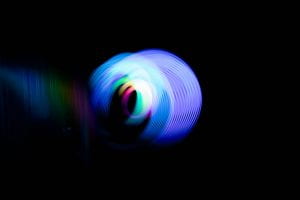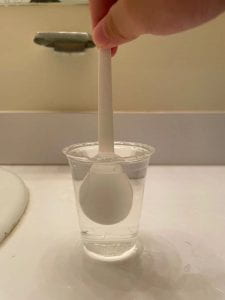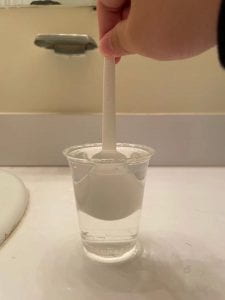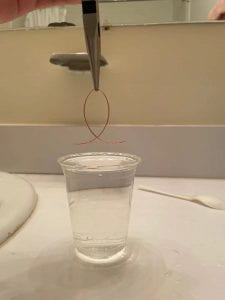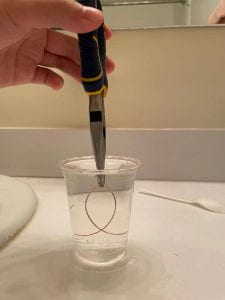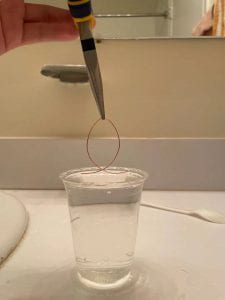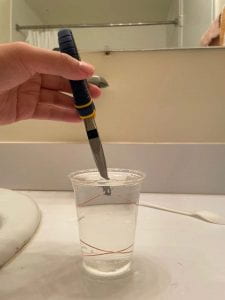Score:
Check the weather forecast on your phone
Check the percentage for rain
If the percentage is under 7, pick a 20-sided die
If the percentage is under 13, pick a 10-sided die
If the percentage is under 20, pick a 6-sided die
If the percentage is under 30, pick a 4-sided die
If the percentage is over 30, flip a coin
If the percentage is over 75, stay home
Roll the dice
If the roll is higher than one or the coin lands on heads, proceed with your day
If not, stay home
Artist Statement:
As a wannabe game designer, I always look for ways to make my life fun. I think that randomness can usually be a pretty fun aspect. As someone who has difficulties making choices, I would sometimes use methods such as flipping a coin or rolling a dice decide whether or not I would do an action, not unlike in a table-top role-playing game. One of the things that we do most regularly is check the weather report to see if we would want to participate in any outdoor activities. Part of the scores that I’ve read including Yuki Ono’s works and works in the archives of the blog pages that interests me is that some of them are really simple instructions and based on things we do mundanely. I wanted to create my score based on something we do regularly and incorporate randomness to make it fun. So I decided to incorporate both of those elements, something I do regularly and random element that is common from games. I ended up deciding on weather, because it is one of the things that my life depends on, and it is easily associated with probability. For the randomness part I chose dices and coin flip because they are pretty easily accessible. One of the goals of my score is that it should be something that is easy to do, so someone might want to just do it for a bit of fun one day. Personally, among the scores I read either in class or as homework, the ones that are doable and easy to do strikes with me the most, because being able to participate in them helps me understand them a bit more. Some of the examples are Clock piece, and Wood Piece, which involves actions that I would sometimes do (except not with wood). When combining what I want to put into my score and the concept of these scores as explicit instructions, I decided to specify what to use to decide the probability for each precipitation range closest to representing the probability of the dices. My score does not have any deeper meaning, but I hope it is something that people would find at least a bit fun.
Documentation:
